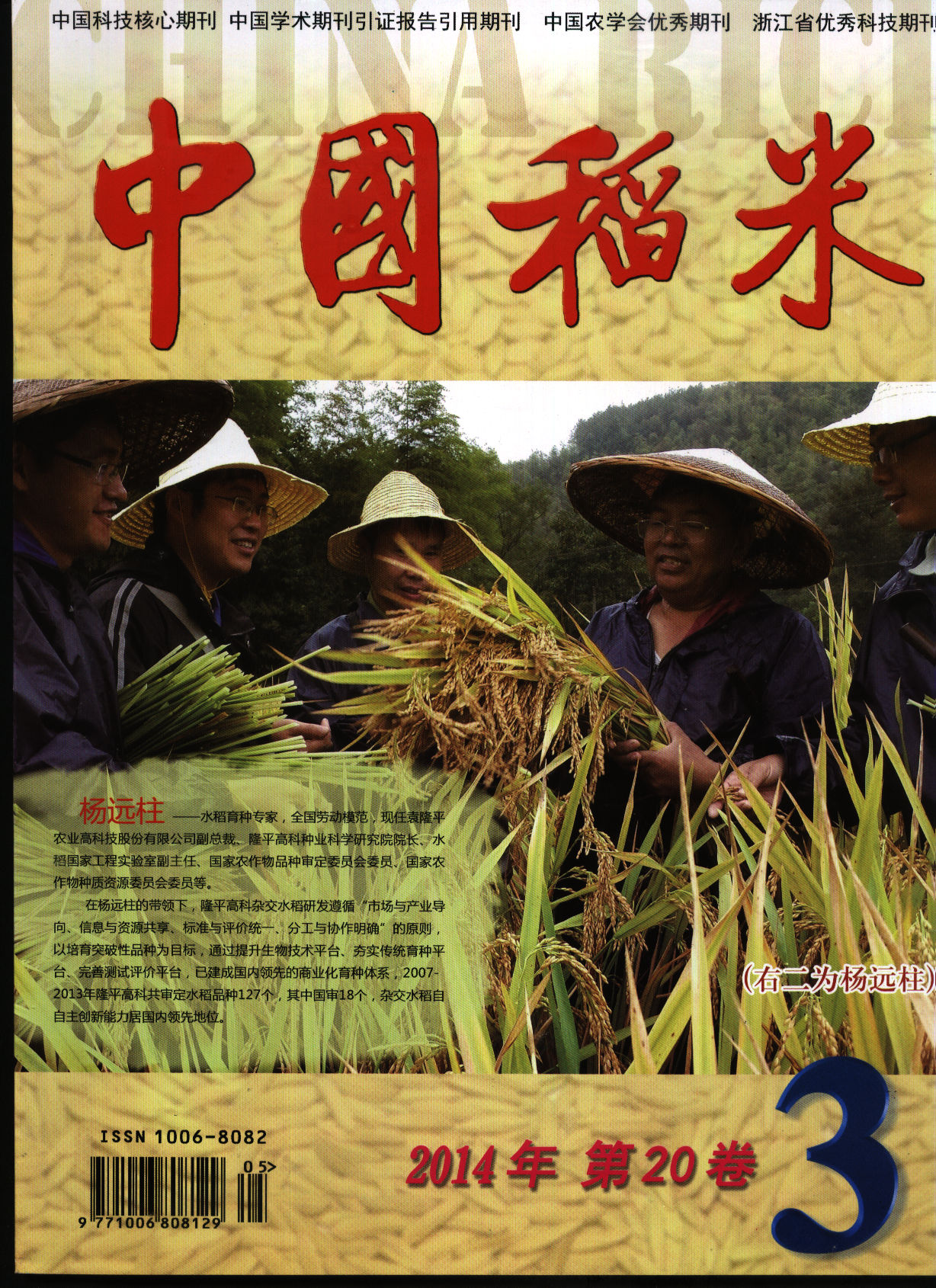|
|
Effect of Late Sowing and Late Transplanting on Yield and Period of Duration of Different Types of Mechanical Transplanting Rice
XING Zhi-Peng-1, HU Ya-Jie-1, ZHANG Hong-Cheng-1*, GONG Jin-Long-1, DAI Qi-Gen-1, HUO Zhong-Yang-1, XU Ke-1, WEI Hai-Yan-1, ZHANG Qiang-1, WANG Wen-Ting-1, LI De-Jian-2, LIU Guo-Lin-2, LIU Guo-Tao-1, ZHU Jia-Wei-1
2014, 20(3):
11-16.
DOI: 10.3969/j.issn.1006-8082.2014.03.003
A comparative study of the effects of late sowing and late transplanting on yield and formation of mechanical transplanting rice was conducted through setting five sowing dates based on the production conditions in the following three different regions: Taihu rice district in Changshu (Sunan), Lixiahe rice district in Xinghua (Suzhong), Huaibei rice district in Donghai (Subei), with hybrid rice and conventional rice as materials. The results showed that along with the delayed sowing date, the biomass yield, actual yield, harvest index, No. of panicles, No. of spikelets per panicle, total spikelets, seed-setting rate declined, and the whole period of growth and development shortened. Analysis revealed that sowing date showed greatest influence on No. of spikelets per panicle, then seed-setting rate, panicles and 1000-grain weight. The hybrid rice Yongyou 2638 exhibited higher yield advantage and potential through its large spike. But with the delay of sowing date and exaltation of latitude, the yield advantage of hybrid rice minified. Therefore, if there is no any production potential in the variety under the production mode of late sowing and late translating, a latest sowing date should be concluded, based on the variety characteristic and the phonological conditions, from the perspective of cultivating safe and stable yield. Some conclusions about the most late sowing date of the tested varieties was tentatively set in this paper, in order to provide a reference for the large scale production.
|

